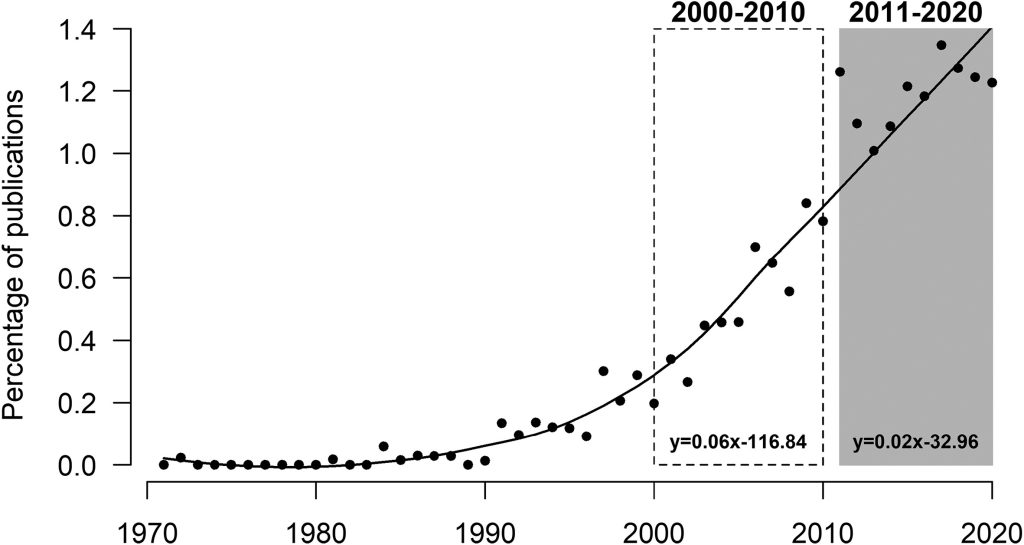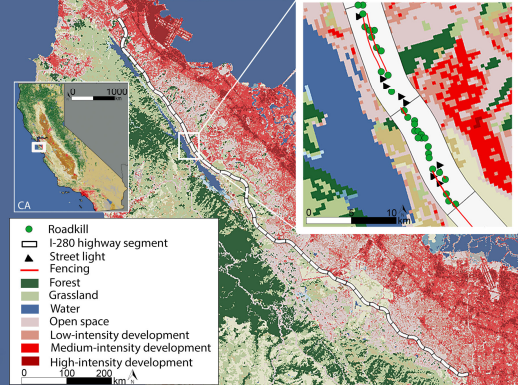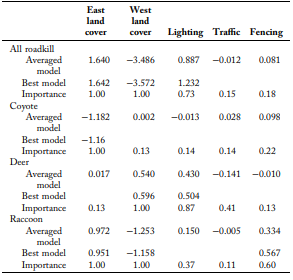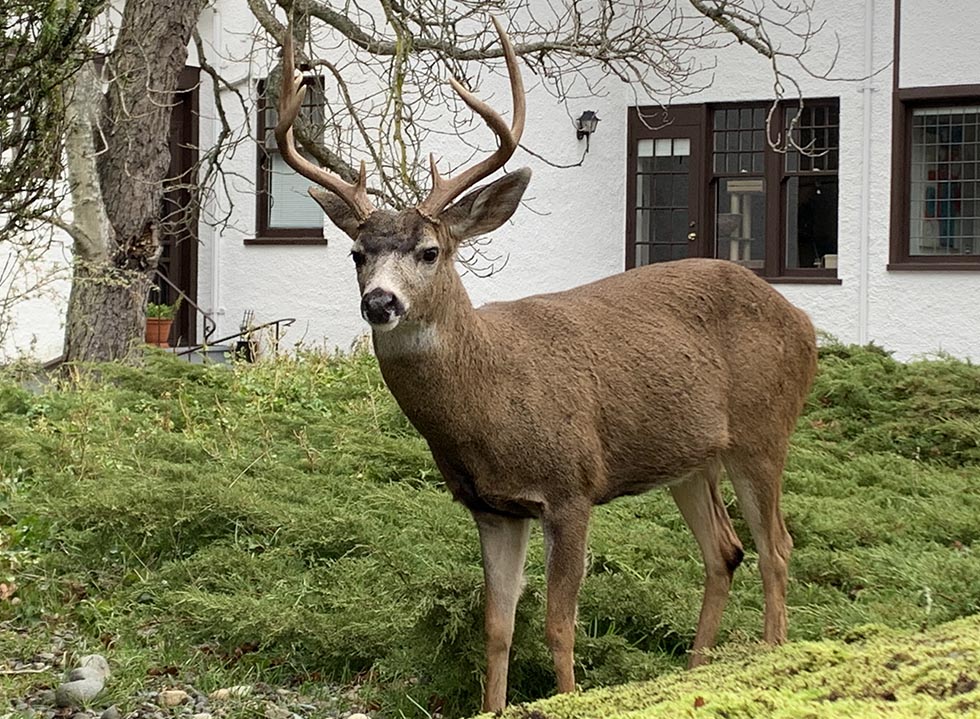Mowry, C., Wilson, L., & VonHoldt, B. (2021). Interface of Human/Wildlife Interactions: An
Example of a Bold Coyote (Canis latrans) in Atlanta, GA, USA. Diversity, 13(8), 372. https://doi.org/10.3390/d13080372
Many animals have expanded upon their ranges in reaction to human expanion. Generalist species especially have spread across the continent. Coyotes are one of the best examples of this. They used to be contained in the more western part of the country, but during the 1900s they began to expand more east. They are now found throughout the entire country. With their increasing range and population, they have also grown more bold in urban areas. Coyotes tend to be more skittish, but that behavior can falter as they grow used to humans. They also have the ability to interbreed with other canine species, such as domestic dogs and wolves. This can lead to them obtaining attributes and behaviors of those species.
This paper follows a specific individual in Atlanta, Georgia. He is a melanistic coyote with a specific ancestry of 92.8% coyote, 5.5% domestic dog, and 1.7% gray wolf. Dogs and wolves posses a mutation that makes them more social, but it is rare in coyotes.
The paper discusses how the extirpation of red wolves has increased the expansion of coyotes’ range. Deforestation, urbanization, and other human-caused impacts have increased the amount of edge area. For more generalist species, such as coyotes, this allowed them to expand their range. There were lots of interactions between the urban area of Atlanta and the coyote that was being studied. He was spotted during all times of the day, crossing highways, interacting with domesticated animals, and more.
They eventually captured the coyote, named Carmine, in February. He had been incredibly bold in the wild, but became more skittish once captured. He escaped his enclosure in May, and he immediately went to a nearby neighborhood and attempted to interact with a dog.
This coyote had been able to expertly navigate the urban landscape of Atlanta. He was uncharacteristically bold and social with dogs and expertly crossed major highways. Carmine was originally speculated to have a large portion of domestic dog genetic material due to how bold he was. However, the genetic results showed that he was only 5.5% dog. The urban landscape had created an area that supports these more bold behaviors.







